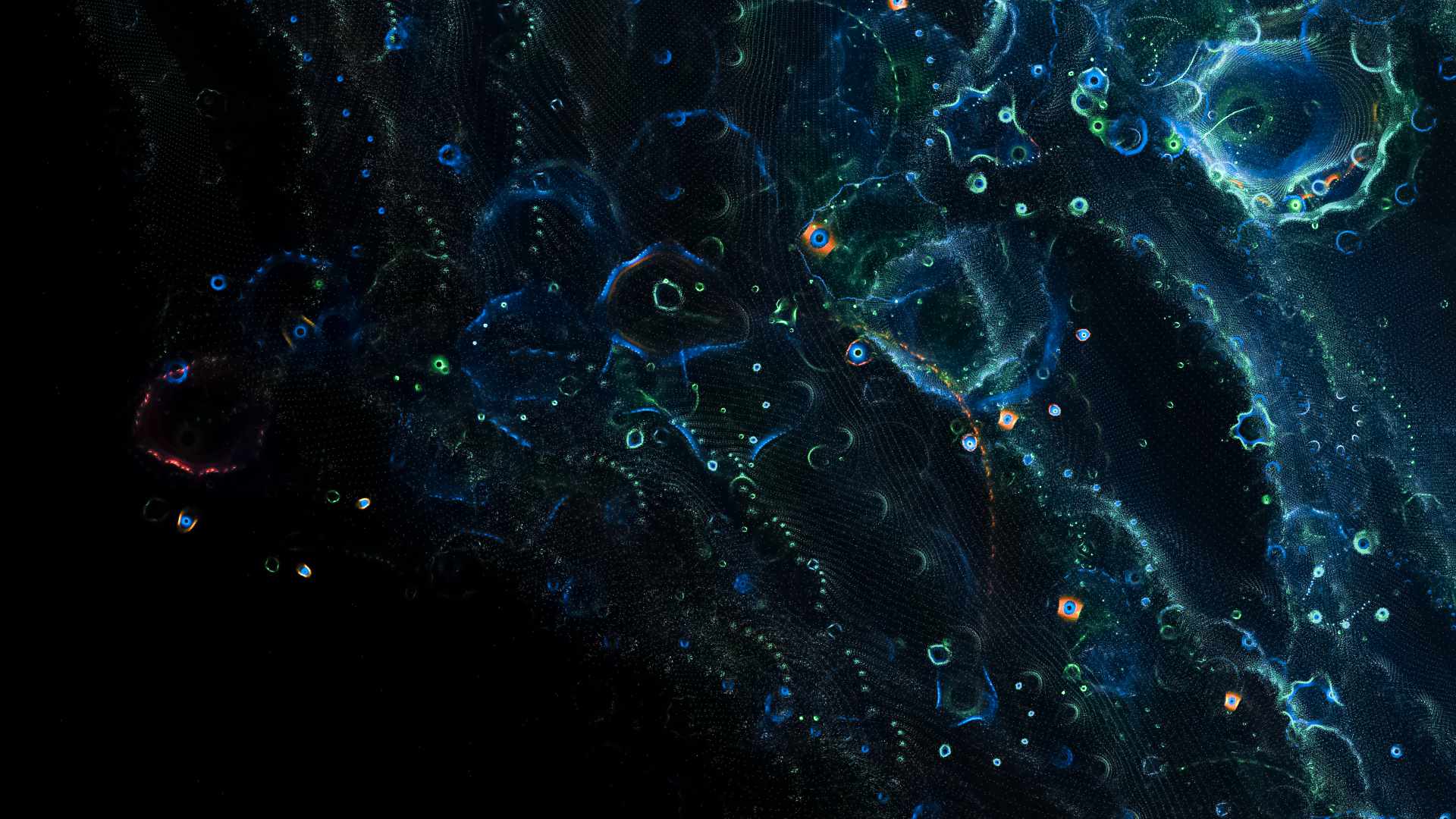Benoit Mandelbrot once said:
“Clouds are not spheres, mountains are not cones, coastlines are not circles, and bark is not smooth, nor does lightning travel in a straight line.”
He is pointing out that our normal classification of geometry is not very useful in the real world. He then goes on to show how scale symmetric shapes, such as fractals, can indeed resemble clouds or maintains, or rough coastlines. So how do we classify these shapes into basic types?
Classification based on how a shape connects with itself
If a shape is a collection of objects of different sizes, like the asteroid belt, we call it a cluster:

If it contains branches, like a river, we call it a tree:

If it is a network of connected strands, like lace, it is called a sponge
 These shapes are getting progressively more connected. In 2D the next is simply a solid, and together with its inverse, void, we have the five main scale symmetric classes.
These shapes are getting progressively more connected. In 2D the next is simply a solid, and together with its inverse, void, we have the five main scale symmetric classes.
Since we are only describing how they self-connect, many different shapes are allowed for each class and so natural as well as mathematical objects can be included.
For a more detailed classification we can re-use the class names as adjectives to describe what class the shape would be if it were any thinner. For example a Cluster-tree is a tree, but if it were any thinner it would be a cluster. This means that it is on the verge of separating, for example the Mandelbrot set is a tree of touching disks, if the disks were smaller it would be a cluster
In 2D this produces the classification table:

Which reads off as Column-row. Here is the equivalent in 3D:

The original list can be seen along the diagonal, so a Sponge-sponge is the same as the sponge class in the simple list.
We can now classify many structures in maths and in nature. For example a scree slope is a Cluster-sponge, froth is a Void-foam and cracked rock is a Tree-solid. But nature also moves and changes over time. In this case,we can describe a changing structure by the range of classes that it occupies over time, usually this will be a rectangular part of the table. For example, a structure in the range Sponge-tree to Tree is like a tree blowing in the wind where its branches occasionally collide. Or a rock under stress may occupy the range Solid to Cluster-solid before it breaks apart.

